
|
This comes from, for example, 1. d2-d4 d7-d5 2. c2-c4 e7-e6 3. Ng1-f3 Ng8-f6 4. g2-g3.
It's a sort of QUEEN'S GAMBIT where White FIANCHETTOES his King's Bishop.
This is called the CATALAN OPENING - a sophisticated opening quite popular with stronger players.
Briefly, two other moves for Black after 1. d2-d4 d7-d5 2. c2-c4. Firstly, Nb8-c6 is the CHIGORIN DEFENCE to the Queen's Gambit - tricky but not easy to play. Secondly, e7-e5, planning to meet d4xe5 with d5-d4 (gaining space and taking c3 away from the White Knight) is the ALBIN COUNTER-GAMBIT - well worth playing if you like GAMBITS.

|




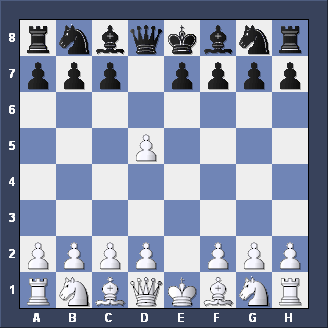

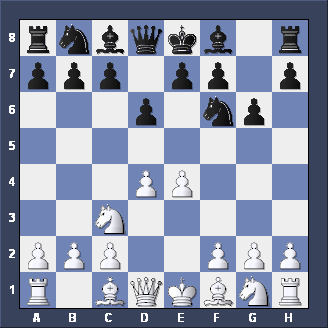

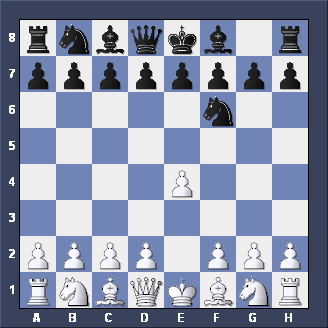
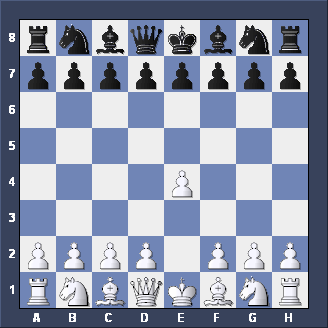
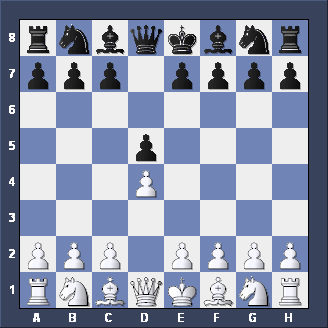
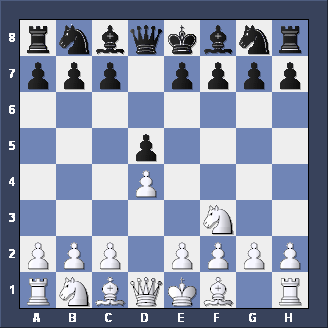

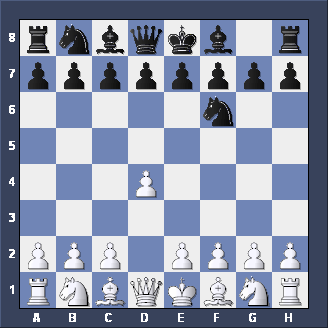
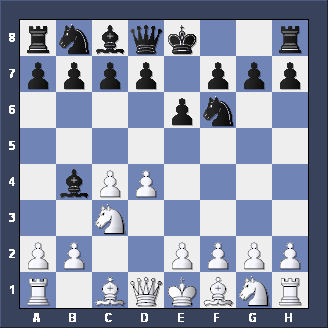



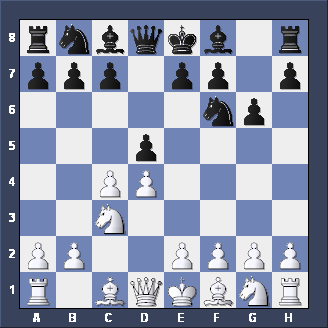
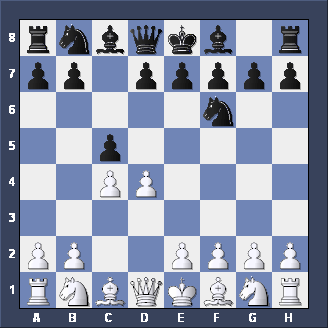
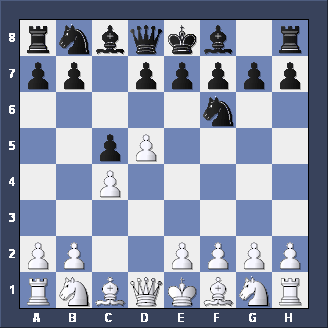

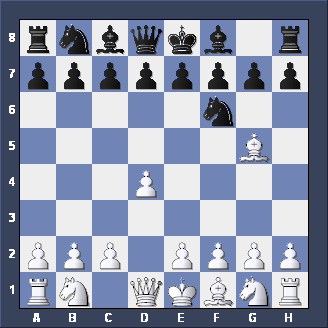

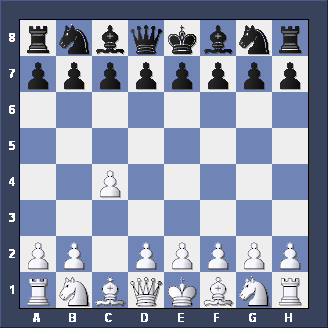
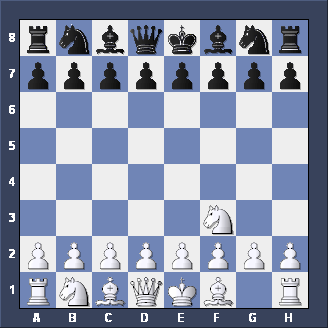
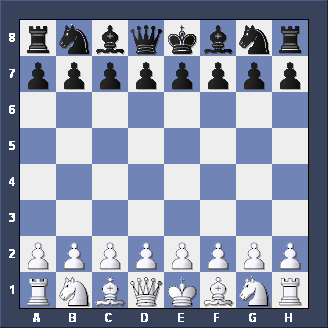
 Caro-Kann Defence
Caro-Kann Defence Scandinavian Defence
Scandinavian Defence Pirc Defence
Pirc Defence Alekhine's Defence
Alekhine's Defence

